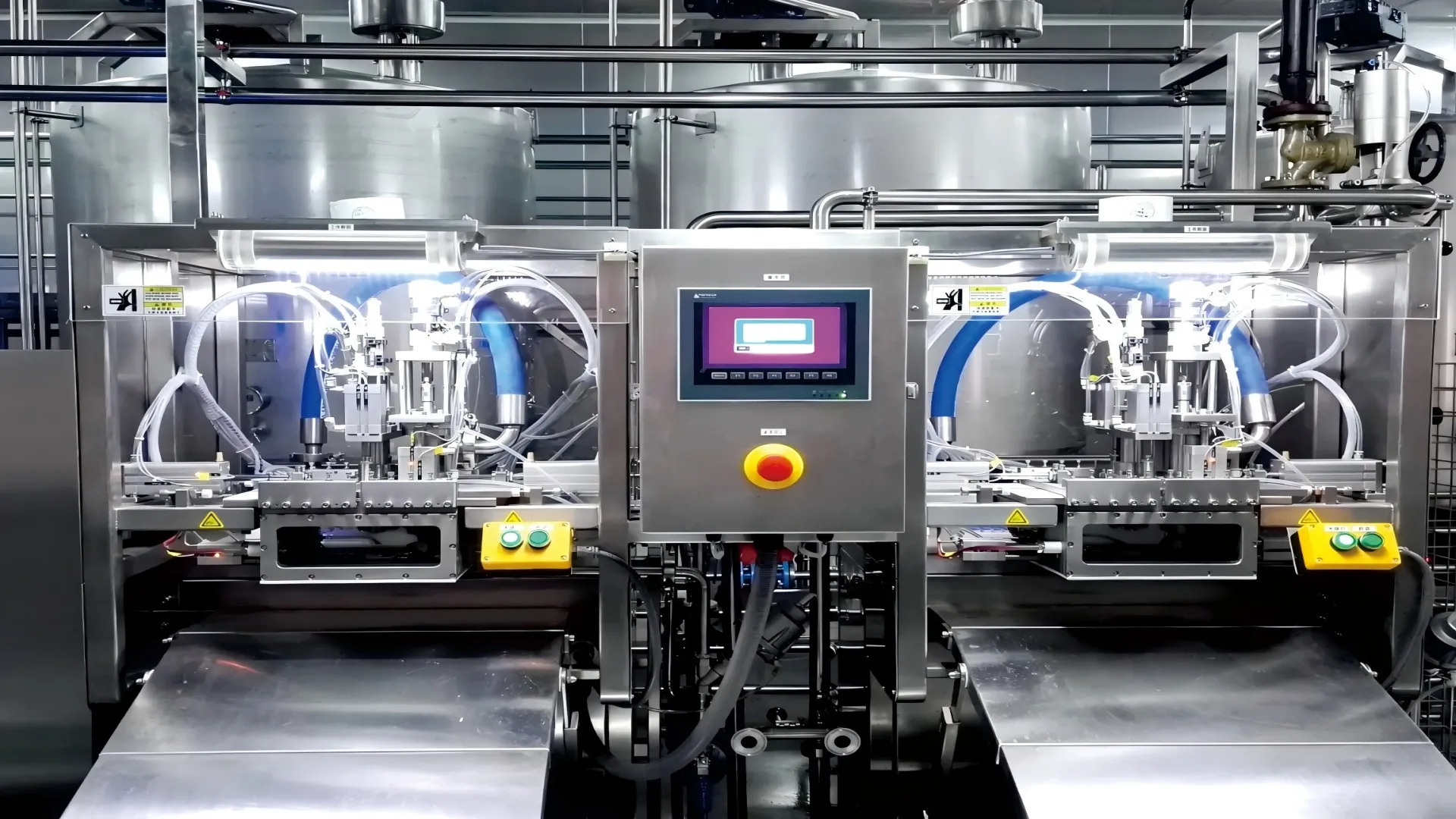Berries such as blueberries, raspberries, strawberries, and blackberries are highly valued in the juice industry for their rich flavors, vibrant colors, and high antioxidant content. However, processing berries into high-quality juice requires specialized equipment designed to handle soft, delicate fruits without compromising taste or nutritional value. Choosing the right berry juice extractor is a critical step for any juice production facility.
- Understand Your Production Needs
Before purchasing equipment, assess your production capacity and business goals:
Daily Output – Estimate the number of kilograms or tons of berries you need to process per day.
Juice Type – Will you produce 100% pure berry juice, blends, or concentrates?
End-Product Quality – Define requirements for pulp content, clarity, and shelf life.
This helps determine whether you need a small-scale batch machine or a high-capacity continuous juice extractor.
- Choose the Right Extraction Technology
Berry juice extraction can be done using several technologies:
Cold Press / Hydraulic Press – Preserves flavor and nutrients, ideal for premium products.
Screw Press – Suitable for medium to large-scale production, good juice yield with moderate pulp.
Centrifugal Extractor – Fast and efficient for large volumes, but may slightly increase oxidation.
Enzyme-Assisted Extraction – Improves yield and clarity for certain berry types.
Select the method that matches your product quality requirements and budget.
- Consider Juice Yield and Efficiency
Berries are relatively expensive raw materials, so maximizing yield is crucial. Look for an extractor with:
High juice recovery rate
Minimal pulp loss
Easy separation of seeds and skins
Adjustable pressure or speed settings to optimize extraction for different berries
- Ensure Gentle Handling of Soft Fruits
Berries are delicate and easily damaged. A good extractor should handle fruits gently to avoid excessive crushing, which can release bitter compounds from seeds and skins. This is especially important for strawberries, raspberries, and blackberries.
- Check for Hygiene and Easy Cleaning
Food safety regulations require equipment that is easy to clean and sanitize. Choose a model with:
Stainless steel food-contact surfaces
CIP (Clean-In-Place) systems for fast cleaning
Minimal corners or crevices where residue can build up
- Evaluate Automation and Integration
For larger factories, consider extractors with automated feeding, juice collection, and waste discharge. Integration with sorting, washing, and pasteurization equipment can streamline the entire juice production line.
- Factor in Maintenance and Spare Parts
Select a supplier that provides reliable after-sales service, spare parts, and technical support. Downtime in juice production can lead to significant losses, so equipment reliability is a top priority.
